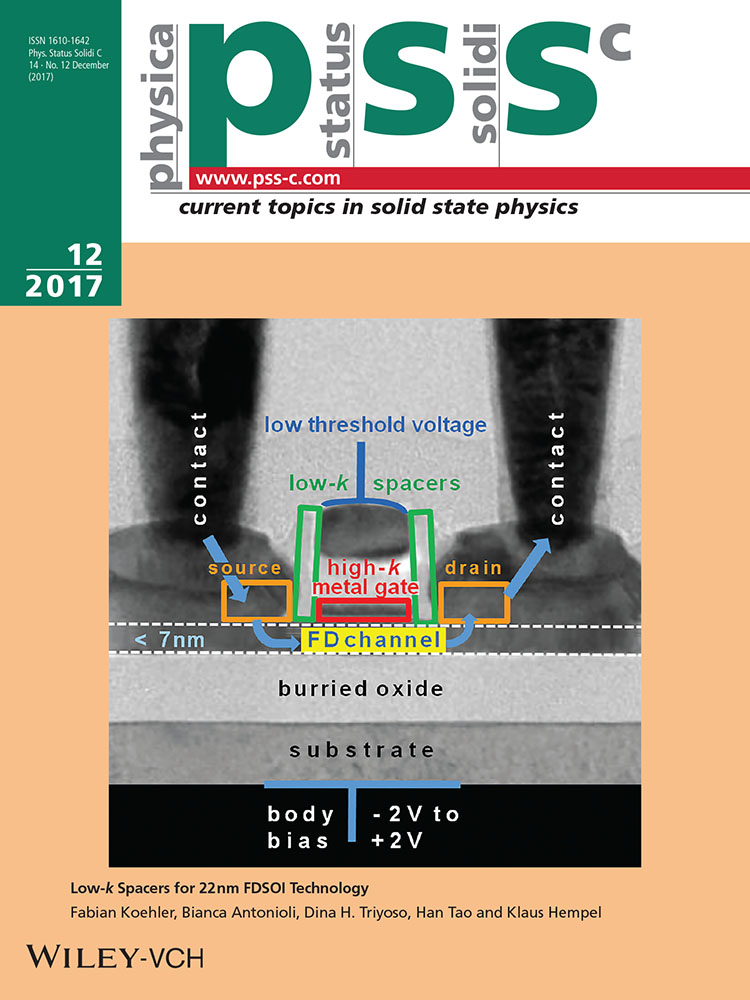Investigation of excess Zn in ZnO
Abstract
The role of native defects caused by excess Zn in ZnO, is not completely clear. Developed by authors the method of direct investigation of non-stoichiometry was applied to study II–VI compounds. This paper analyses the conditions for the investigation of non-stoichiometry in ZnO. To determine the excess zinc in ZnO, the atomic absorption photometry of zinc vapour can be used in the conditions of solid-vapour equilibrium. The method enables to discriminate the zinc which originates from the crystal lattice or from zinc inclusions because the chemical diffusion time of Zn is several orders of magnitude shorter than the time of self-diffusion of Zn in the same conditions. Temperature dependence of partial pressure of Zn is calculated for several high temperature defect equilibrium (HTDE) models. The preliminary HTDE isobars and isotherms are calculated for undoped ZnO.




